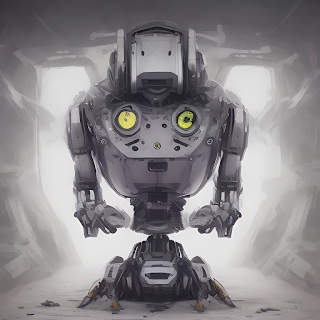Search This Blog
My perspective on the law, politics, drawing, writing, and other things. Formerly Southern Lawyer NC.
Posts
Showing posts with the label #AI #legaltech #legaltechnology
AI will replace the vast majority of legal jobs in the next 5 years
- Get link
- X
- Other Apps
Is the race to sign up plaintiffs (and other class members) in data breach class actions akin to ambulance chasing?
- Get link
- X
- Other Apps
AI Aims to Curb (and Perhaps Eliminate) Toxic Work Emails
- Get link
- X
- Other Apps
AI: the future of AI and Emergence of Trends and Technologies
- Get link
- X
- Other Apps
I asked AI darling, ChatGPT, about self-defense, Scalia, and actual harm--it was...underwhelming
- Get link
- X
- Other Apps


